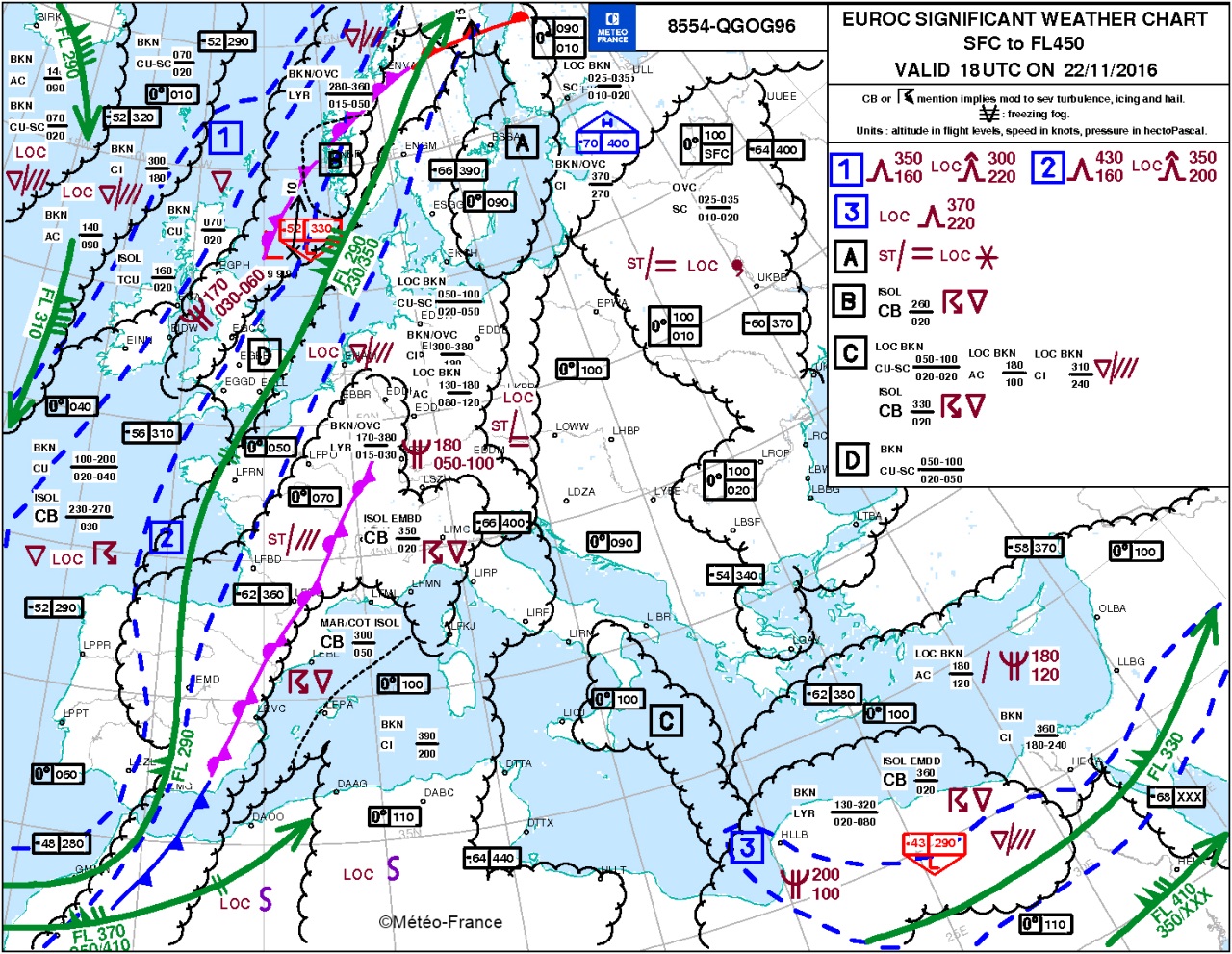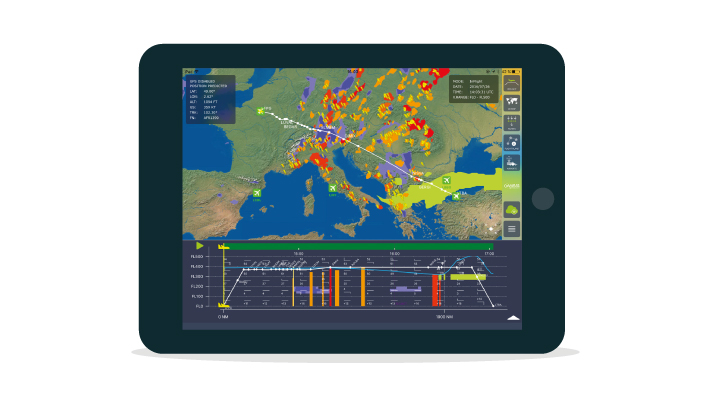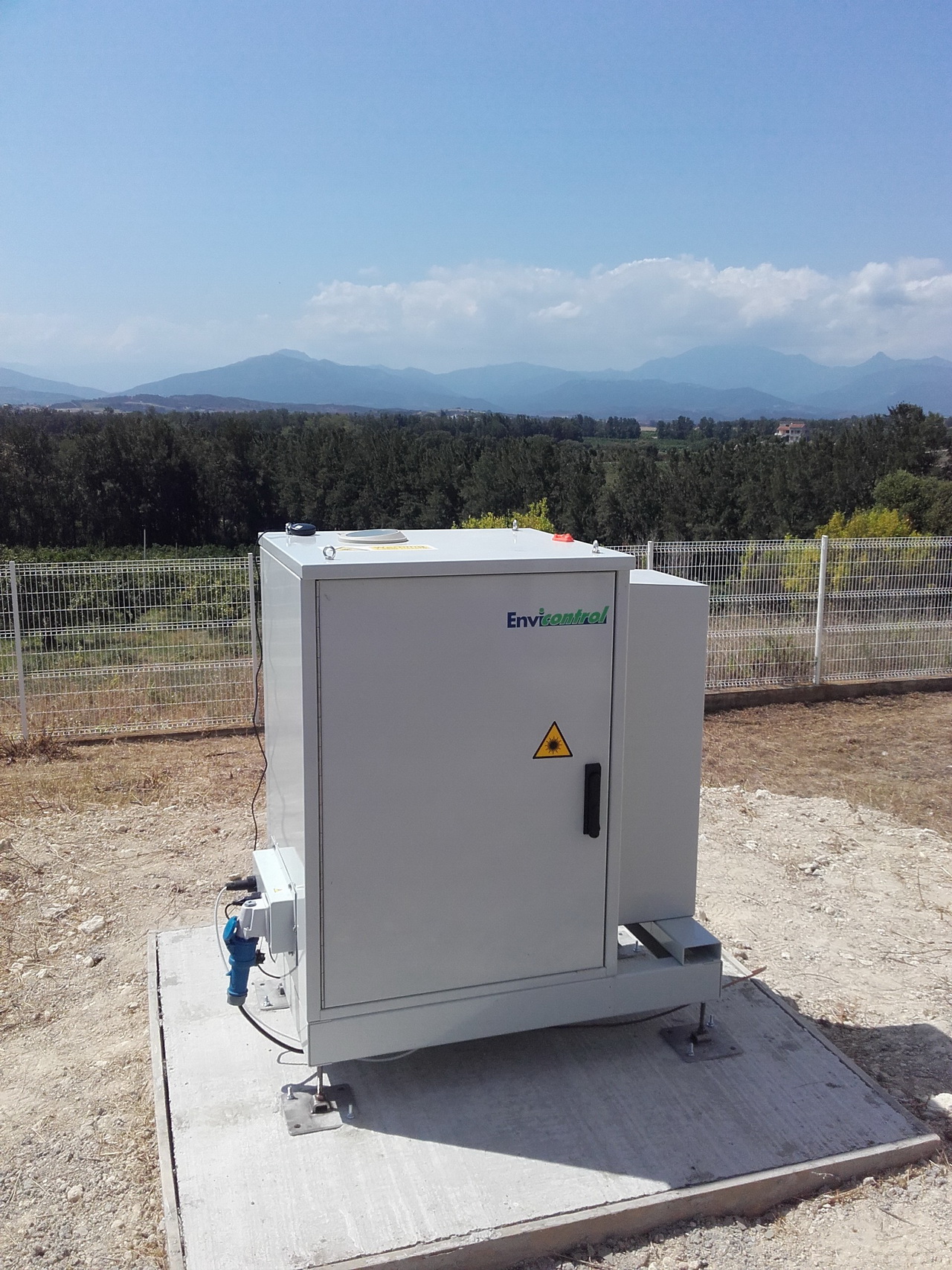Météo-France, exclusive service provider for the French airspace
As a certified service provider and appointed by the Government for the "Single European Sky" initiative, Météo-France is responsible for delivering the meteorological service for air navigation in the French airspace.
On 1 December 2016, when the 2nd certificate expired, the Civil Aviation Safety Directorate (DSAC), the national surveillance authority for air navigation service providers, renewed Météo-France’s certification for an unlimited period of time – the first time this has ever been done.
Now allowed by European regulations, this decision was taken in light of the maturity Météo-France has reached in the services it provides for air navigation. The DSAC also maintained that it had every faith in the institution’s continued conformity and ability to correct any deviation it might observe in the years to come.
With this new certificate, the institution retains its status, for the French airspace, as the exclusive provider of meteorological services for air navigation as defined in the appointment ruling dated 20 December 2011.



